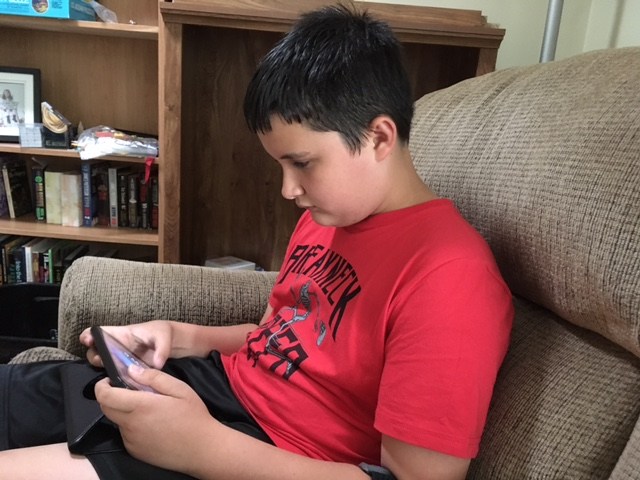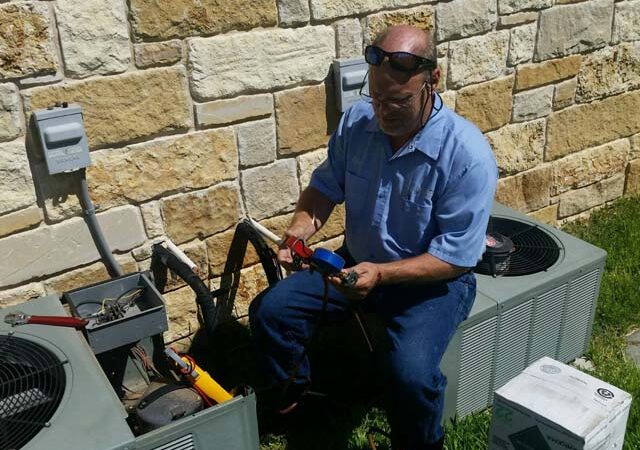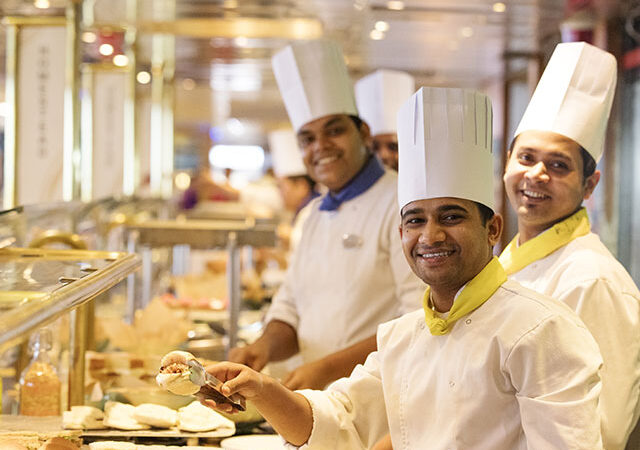
Role of Emotions in Creativity
Creativity is a remarkable aspect of the human experience, allowing us to express ourselves, innovate, and bring forth new ideas and creations into the world. While creativity is often associated with rational thinking and logical processes, emotions play a significant role in shaping and fueling our creative endeavors. In this blog post, we will explore the connection between emotions and creativity, understand how different emotions impact our creative process, and learn how to harness our feelings to inspire and enhance our creative output.
Emotions serve as a wellspring of inspiration and provide a rich source of material for our creative endeavors. They have the power to ignite our imagination, evoke deep empathy, and drive us to explore and communicate complex experiences. When we tap into our emotions, we connect with the essence of what it means to be human, allowing our creativity to resonate with others on a profound level. Whether it’s joy, sadness, anger, or love, our emotional experiences can fuel our creative work, infusing it with depth, authenticity, and relatability.
One way in which emotions contribute to creativity is through the process of emotional expression. Creativity offers a channel for us to channel our emotions and transform them into tangible creations. It allows us to give form to our innermost thoughts, desires, and struggles, providing an outlet for emotional release and self-expression. Whether it’s through painting, writing, music, or any other artistic medium, the act of creating allows us to externalize and process our emotions, leading to a greater sense of well-being and catharsis.
Moreover, emotions can serve as powerful catalysts for generating ideas and problem-solving. When we experience intense emotions, our cognitive processes become heightened, and our thinking becomes more expansive and imaginative. In this heightened state, our minds are more open to unconventional ideas and connections, leading to innovative solutions and breakthroughs. Emotions can help us break free from rigid patterns of thinking, enabling us to approach problems from different perspectives and find unique and creative solutions.

However, it’s important to note that not all emotions contribute to creativity in the same way. While positive emotions like joy and excitement can provide a surge of energy and inspiration, negative emotions such as sadness or anger can also fuel creativity. These emotions often carry a depth and intensity that can evoke profound insights and evoke a sense of urgency in our creative work. They can push us to explore complex themes, challenge the status quo, and create art that provokes thought and introspection.
To harness the power of emotions in creativity, it’s essential to cultivate emotional awareness and create a safe space for emotional exploration. This involves developing the ability to recognize and name our emotions, allowing us to fully experience and express them. By cultivating emotional intelligence, we can tap into the nuances and subtleties of our emotional landscape, drawing inspiration from the depth and complexity of our feelings.
Practicing mindfulness and self-reflection can also enhance our creative process by deepening our connection with our emotions. Taking time to quiet our minds, observe our emotions without judgment, and reflect on their underlying causes can provide valuable insights and themes to explore in our creative work. Engaging in practices such as journaling, meditation, or therapy can support this process of self-discovery and emotional exploration.
Lastly, it’s important to create an environment that fosters emotional well-being and creativity. Surrounding ourselves with supportive and understanding individuals, seeking constructive feedback, and engaging in activities that nourish our souls can contribute to a positive emotional state that fuels our creativity. Additionally, allowing ourselves time for rest, play, and self-care replenishes our emotional reserves and provides a fertile ground for creative inspiration to flourish.
Moreover, the interplay between emotions and creativity extends beyond individual expression. Emotions can also foster connection and understanding between creators and their audience. When we infuse our work with authentic emotions, we invite others to connect with us on a deeper level. Whether through a piece of visual art, a heartfelt song, or a poignant piece of writing, emotions have the power to transcend boundaries and resonate with others’ experiences. By tapping into the universal language of emotions, we bridge gaps of culture, language, and background, creating a sense of unity and shared understanding.
In addition to fostering connection, emotions can serve as a driving force for social change and advocacy through creative expression. Artists throughout history have harnessed the power of their emotions to shed light on important social issues, challenge injustices, and advocate for marginalized voices. By channeling their emotions into their creative work, these artists have been able to inspire empathy, evoke a sense of urgency, and mobilize action. Emotions can ignite a passion within us to make a difference and use our creativity as a catalyst for positive change.
Lastly, the role of emotions in creativity extends beyond the final product. The creative process itself can be a transformative and cathartic experience. When we engage with our emotions during the act of creation, we embark on a journey of self-discovery and personal growth. We may uncover hidden parts of ourselves, confront unresolved emotions, and gain a deeper understanding of our own inner landscape. The creative process becomes a vehicle for self-expression, healing, and self-empowerment, allowing us to navigate the complexities of our emotions and find solace, meaning, and purpose in our creative endeavors by going to this post on BibleKeeper.com.
In conclusion, emotions play a vital role in the creative process, offering a wellspring of inspiration, depth, and authenticity. By embracing our emotions and harnessing their power, we can create art that resonates with others, evokes empathy, and contributes to the collective human experience. By cultivating emotional awareness, exploring our inner emotional landscape, and creating a supportive environment for our emotional well-being, we unlock the transformative potential of emotions in our creative endeavors. Let us embrace the inherent connection between emotions and creativity, and harness the power of our feelings to inspire and enhance our creative output.






